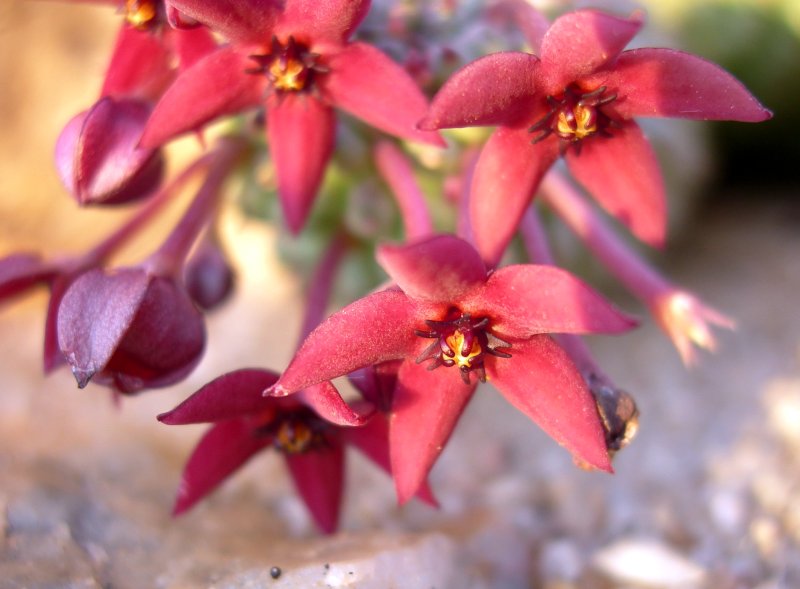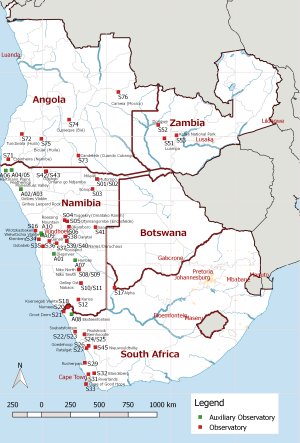 |
HomeHallo 2 |
|
EVI Viewer

The EVI-Viewer allows you to access the lastest pheneology and fire data from the region via the Google Earth Engine Apps.
Photo Guide to Plants of
Southern Africa
Hoodia pedicellata (Schinz) Plowes
SASSCAL WeatherNet
A large number of automatic weather stations has been implemented in the frame of the BIOTA AFRICA project by the Namibian National Botanical Research Institute (NBRI) and the Group "Biodiversity, Evolution and Ecology (BEE) of the University of Hamburg. The website offers hourly updates of data and graphs of a large number of weather parameters. The number of weather stations will be further augmented in the frame of SASSCAL and in all SASSCAL countries.
 |
SASSCAL ObservationNet
The SASSCAL ObservationNet offers data and user friendly information regarding the temporal changes within ecosystems and their biological diversity. The data have been collected by a variety of different scientific disciplines jointly using standardized research infrastructures for long-term observation, called Biodiversity Observatories.
In the frame of the "Global observation system of systems" (GEOSS) and its "Global Biodiversity Observation network" (GEO BON) such plot-based observation sites are important research infrastructures. They provide information on the health of ecosystems and on the intactness of biodiversity.
The SASSCAL ObservationNet with its 65 Biodiversity Observatories forms one of the largest contributions to the global network of plot based observatories. Other large networks are listed here. SASSCAL also supports the use of Essential Biodiversity Variables (EBVs).
Similarly, SASSCAL also aims at collecting the essential parameters for the functional assessment of organisms, as defined by TRY (a global database of plant traits).
Each "Biodiversity Observatory" forms an exactly surveyed square kilometer representative for a ecological zone. All "Biodiversity Observatories" serve for long-term observation of the change of diversity and composition of organisms and essential environmental key variables (regarding e.g. soil, climate, land use). Information, gained at these observatories can be extrapolated to a larger space.
You have the option to filter the observatories for specific (available) data.
Only those observatories where this data is available will be displayed below. Angola Namibia South Africa Zambia |



 Angola
Angola Bicuar National Park
Bicuar National Park Namibia
Namibia Aussinanis
Aussinanis South Africa
South Africa Alpha
Alpha Zambia
Zambia Dongwe
Dongwe EVI Viewer of the region
EVI Viewer of the region


 Angola
Angola





 Namibia
Namibia






































 South Africa
South Africa
















 Zambia
Zambia






